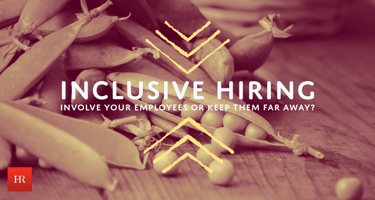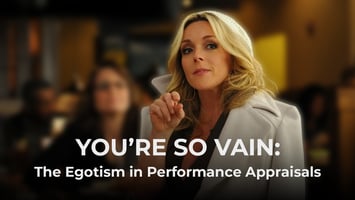This past week, several members of our Humareso team attended Workhuman LiVE; an event we always...
People: How AI and Human Resources Should Function in Business

People still need people. These past few weeks have been full of AI, tech takeovers in HRM and TA, and litigation concerning compliance with tech tools. And during these news stories, people have been discussed, but not completely in the center of it all. Shouldn’t we consider how this affects people? What about the “human” in human resources? Is there room in this AI-powered world for the people?
On the surface, most business leaders would affirm a people-centric position. It’s unlikely that a company would share publicly that they don’t think about people first; that would be a PR nightmare. And yet, we’re seeing more companies make non-people-focused choices. Listen, business revenue is real. If it’s down, then cuts may have to be made. That’s difficult to do, but it is a reality, especially in the recessionary environment we’ve been in for the last couple of years.
To be fair, these decisions may also be influenced by the incorporation of AI, especially agentic AI. For some HR teams, the reality of what can be done technologically has influenced leadership to take a hard look at how many are needed on the team. Maybe you were a seven-person team, now at five. Maybe you were a 2.5 person team that’s been reduced to 1.5. It’s happening across industries and across the country. Are these technological advancements ruining things?
I remember having a new Hobart automatic dishwasher installed in the restaurant where I was working. Tommy, the dishwasher, was convinced we hated him. “Why would you do this to me?” he asked. I tried to reassure him that we still needed him. He didn’t believe me at first. So, I worked the next shift with him. I showed him what parts the Hobart could handle more efficiently which freed him up to focus on the harder to clean items. I also showed him how he could organize a workflow better and work more relationally with the rest of staff. Before long, he had servers singing along with him while they better emptied mugs full of napkins and pre-sorted silverware with more care. He later admitted that the job was much more enjoyable now.
We need to lean in more robustly to actionable truths in our businesses to rebrand the human resources function. When is the last time you shared in a management or leadership meeting in a partnered context to the technology being used? Technology can process data, but it can’t build trust, empathy, or belonging. We should be able to speak directly to the differences. Human connection is what makes workplaces thrive; that has been the case for decades. We can certainly appreciate and take advantage of the way technology activates in our processes and employee experience, but it will not appreciate the fullness of relational nuance and interpersonal conflict management.
The recent legal scrutiny around AI in HR tools shows that people are accountable for fairness, equity, and ethics. The courts aren’t letting people off the hook, and they shouldn’t. You can’t outsource legal or ethical responsibility to an algorithm—HR practitioners must still own it. And that ought to be a core focus of internal people management and employee experience for the human resources pro. We still think critically (at least, I hope so!) and leaning into these truths are vital for our necessity in solving complex business problems.
As with many things, we need to think about balance. Organizations that balance efficiency with humanity attract and retain better talent. It is not that AI is the enemy. It’s not built to replace people but to augment and handle some people functions better through technology. Tech can be purchased by anyone; the differentiator for us should be the quality of human leadership, culture, and relationships. If we can maintain balance through clear delineation of duties with our AI tech, just as if it were a colleague, then we’re more likely to be seen as an advocate of efficiency and advancement for our organizations. Don’t reject the Hobart!





Blog comments